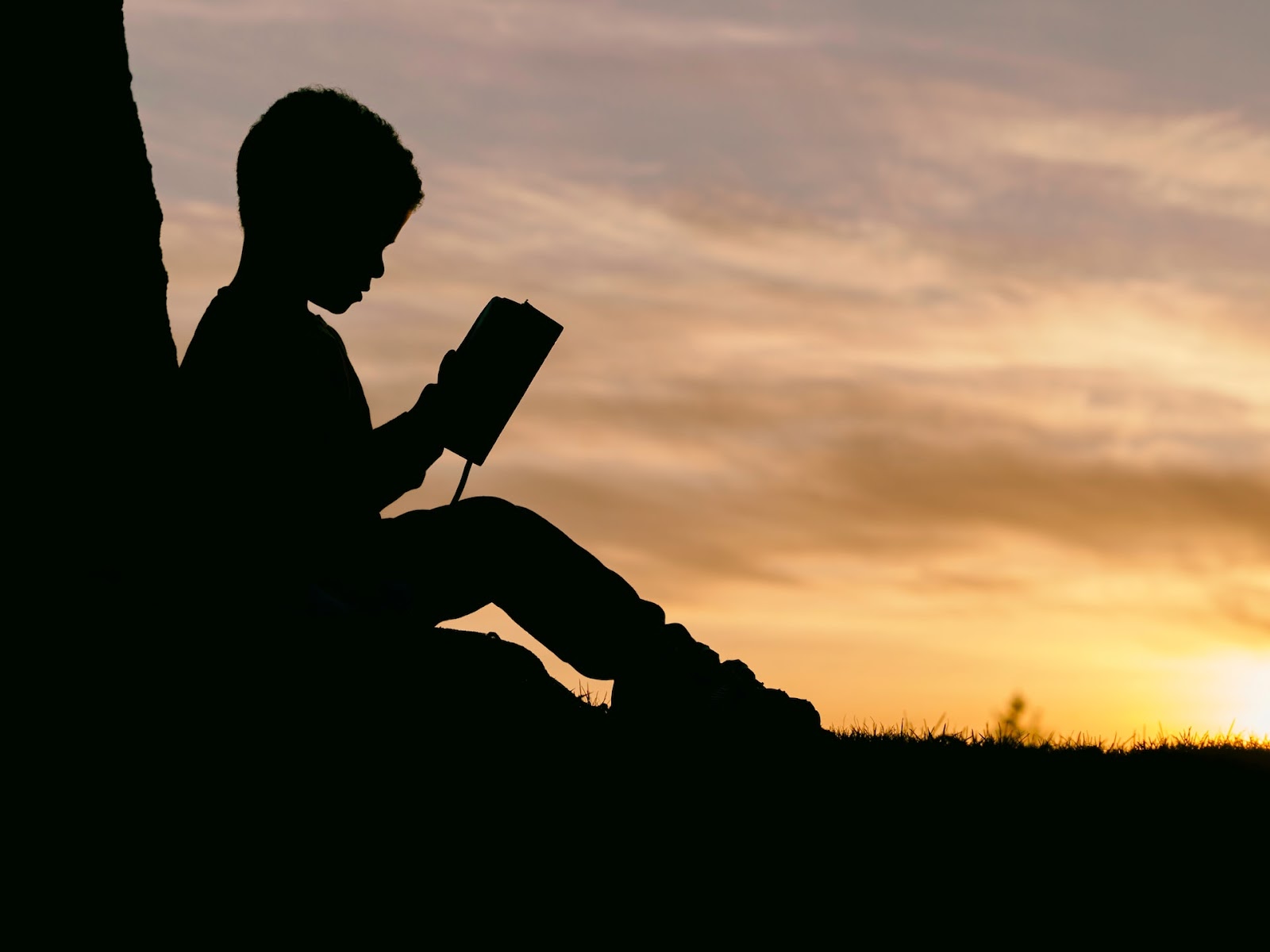Overview
Do you have questions about what holistic development entails and what you, as a parent, can do to promote your child’s development?
Holistic development refers to the growth of the entire child, including their social, emotional, physical, intellectual, and spiritual development.
The environment and home of a child affect their overall development.
Why is holistic development crucial?
Children must have all of their developmental needs addressed to succeed and realize their full potential.
While it may be simple to focus primarily on a child’s intellectual abilities during the early years, it is also crucial for a child to develop skills like:
- Emotional awareness.
- Confidence.
- Social aptitude.
- Compassion.
- Coordination between small and large muscles.
- Responsibility.
- Creativity.
- And many more talents!
What are the Five Aspects of Holistic Development?
Physical growth – related to growing motor skills
Social skills– how kids communicate and interact with others in their environment.
Psychological growth– Learning healthy ways to express one’s emotions is a component of emotional intelligence.
Intellectual development.– Cognitive, creative, and acquisition of learning skills are all aspects
Spiritual Advancement—creating a sense of responsibility for the world.
Physical Growth.
- Recognize the developmental milestones that children will go through—a thorough understanding of the value of motor skills and how they are developed.
- Exploring ways to climb, jump, swing, and run are examples of gross motor activities.
- Spend some time practicing your fine motor skills, which are those tiny movements like holding a crayon, molding playdough, digging in the sand, or building with blocks.
Many American curriculum schools in Sharjah have immense amount of physical activities for your children to keep them active and fit
Social Skills
Increase your child’s social skills by placing them in contact with other kids and adults.
Practice sharing, going in turns, eating meals together, and going on outings.
Psychological growth
- Use books and stories to make people more sensitive to other people.
- At home and in your neighborhood, practice empathy.
- Talk about how things turned out and share your experiences.
- Keep in mind the emotional requirements of children.
Intellectual Growth
- Children exposed to play are more likely to develop their cognitive abilities. Early on, it’s important to emphasize the fundamental idea of “play and learn.”. As they play freely at home, kids are constantly learning.
- By far, the most effective method of education is active participation.
- Reading to kids enhances their cognitive development by sparking their interest in a wide range of subjects and expanding their vocabulary.
Spiritual advancement
- Discuss the values, beliefs, and traditions of the family.
- Develop a sense of self and social responsibility.
- Children should learn how to care for the environment outside of the home.
- Set up your child’s room or play area with care, and promote respect for and enjoyment of his possessions.
- Whenever you can, get involved in your community and venture out.
Activities That Don’t Support a Holistic Learning Environment
Holistic development cannot occur through sedentary or constrained activities.
In general, children need the freedom to participate actively in their surroundings. Both their fine and gross motor skills need to be improved.
A child’s cognitive, social, and emotional development should all be supported by their activities.
The holistic approach to development in the early years is lost in non-interactive or hands-off activities.
Creating a Developmental Environment for the Whole Person
The components of holistic education don’t happen separately. Many of the individual elements must be included in activities to create a realistic, holistic environment. Many schools like British curriculum schools in Sharjah offers this kind of environment.
It is simpler for parents to implement the all-encompassing advantages of this idea when they are aware of the five facets of holistic development.
Play while learning
Playing while learning may seem incompatible. The first few years of a child’s education are spent learning in this manner.
The importance of play in fostering a healthy environment cannot be overstated. Children learn so many essential skills through play.
Children enjoy the play-based learning method. It is not dangerous, and the setting for play is fascinating.
The principles of holistic development are upheld by providing children with the appropriate playthings and surroundings.
According to parents, children should be given time to explore and become accustomed to their surroundings. Suitable educational toys and tools should create a secure play area.
The protected play space
A crucial component of holistic education has confidence that your child can play safely in your home.
Regarding their children’s pursuits, parents must feel at ease. Children require a secure space to engage in active and unrestricted exploration.
Here are some things to consider when designing a secure space for play.
- A protective covering and level flooring should be present—anything to shield your child from the unavoidable hard falls, whether rubber matting or carpeting.
- Age-appropriate outdoor gear should be used. Always ensure it is in good condition, free of sharp objects like nails or splinters, and safe to use.
- Ample space should be left between each piece of equipment when setting it up.
- Keep an eye out for toys with pointed or sharp edges. Avoid these toys, especially if your toddler is very young.
- For safety and security, your play area should be contained within a fence if it is outside. Watch out in particular for any water hazard.
- A free play area should be free of all harmful substances. So that they can explore freely, you must be confident in your child’s safety.
- Make wise toy purchases. Ensure the size is appropriate; avoid making it too small or too big and difficult to handle. For any parts that could come off or are peeling and breaking, it is a good idea to look into the materials they were made of.
- The toys should be arranged and kept in a secure location that is easy to reach. A toy basket is a good idea for ease of storage when it’s time to tidy up.
- Limit the number of toys you have out at once. Choose a few at a time, and occasionally rotate the toys in the toy basket.










